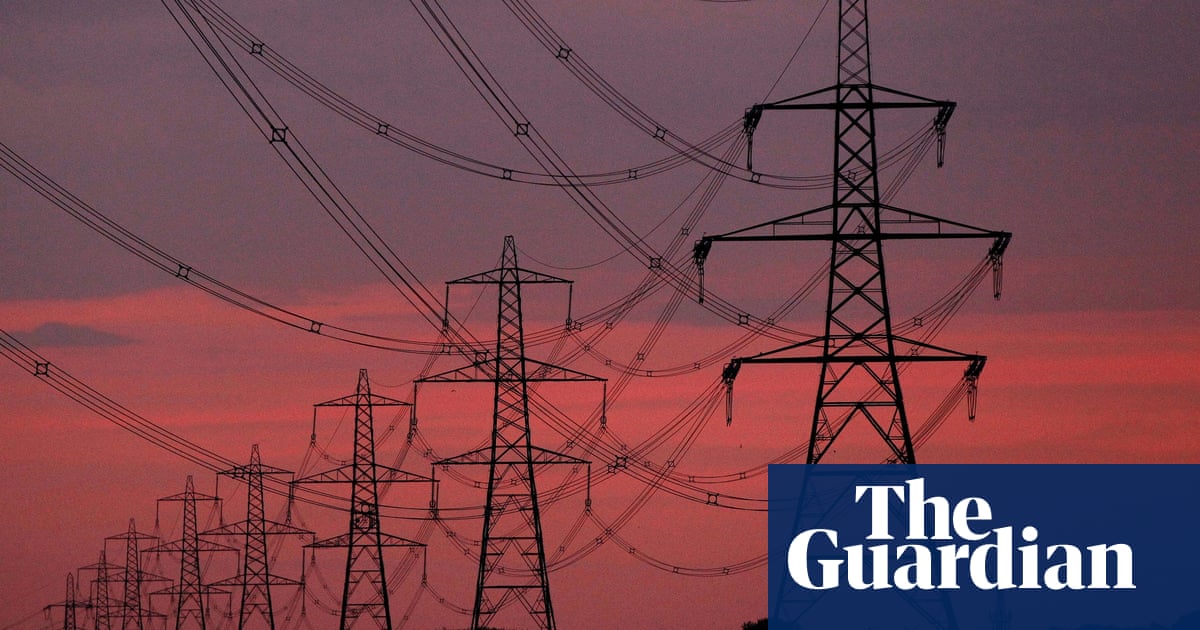- cross-posted to:
- uk_infrastructure@feddit.uk
- cross-posted to:
- uk_infrastructure@feddit.uk
Tucked away beyond the industrial landscapes of north-east Derbyshire and the M1 corridor, the Amber Valley is an oasis of greenery: ancient trees, listed buildings and public footpaths that are increasingly popular with tourists.
But Katie Hirst, a local resident, fears that appreciative visitors will vanish along with the unspoilt landscape if a route of 50-metre-high pylons is brought down the valley as National Grid intends.
“People come here for wonderful walks and the unspoilt landscape, and that would be gone, and the economy would really suffer,” said Hirst, a co-founder of Save Amber Valley Environment (Save), one of a growing number of grassroots groups opposed to pylon schemes across the country.
…
More than 600,000km of power lines will have to be unrolled across the UK over the next few years for the country to properly decarbonise. But the pylons and the renewable infrastructure that will carry them are already causing anxiety and resistance.
There were forceful statements from Keir Starmer last week, saying he would take the “tough decisions” necessary to get pylons built. The next day Ed Miliband was a little more emollient, promising to consider benefits for communities affected by the construction of renewable energy infrastructure, and community ownership of the assets, which could include onshore windfarms and solar farms.
So how is this going to work? For the government to meet the ambitious target of decarbonising electricity generation by 2030, new infrastructure – including wind turbines, on and offshore; solar farms; and new transmission systems such as pylons – will be essential.
But the other parliamentary parties either oppose pylons, or allow MPs in certain constituencies to oppose them. Local groups in some areas are also organising.
…
The Labour party says it can meet its ambition of being a “clean energy superpower” only by building the new infrastructure necessary. The decarbonising electricity target is likely to require a doubling of onshore wind capacity, a quadrupling of offshore wind and a tripling of solar power by 2030. This will require what transmission companies have described as a “colossal” investment in power grid upgrades, which will cost billions of pounds and is likely to make the country’s electricity infrastructure more visible than ever before.
The UK will need to install five times as many pylons and underground lines in the six years to 2030 as it has in the past 30 years – and four times more undersea cables than there are now, according to estimates from National Grid. Existing pylons and ageing cables will also need to be replaced. More than 600,000km of lines will need to be added or replaced by 2040 based on the age of existing transmission and distribution lines, the rollout of renewables and growing electricity demand, according to data from the International Energy Agency. This means cables will need to be rolled out at a pace of almost 100km every day for 17 years.



“the economy would really suffer “ Translation: The value of my nice house in the country is going to reduce.